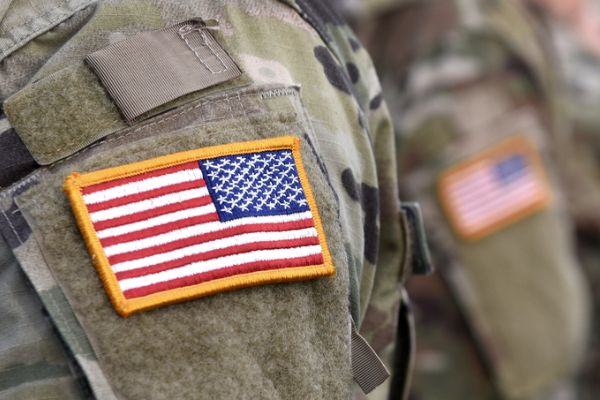The U.S. Army is reorganizing “to be better positioned to fight the next big battle” by reducing its force by around 24,000, or roughly 5%, as a result of recruiting constraints that make it hard to bring in enough soldiers to fill all essential positions.
Much of the reduction will go toward roles that are empty right now, such as counterinsurgency jobs, which were in great demand during the wars in Afghanistan and Iraq. Nearly 3,000 of the layoffs would mostly affect Army special operations soldiers.
Along with five new task forces equipped with enhanced cyber, intelligence, and long-range assault capabilities and stationed all over the world, the plan also calls for the recruitment of 7,500 soldiers for other crucial positions in air defense and counter-drone units.
The military is “significantly overstructured,” according to an Army paper, and there aren’t enough people to staff the units that are in place. It continues by saying that since the cutbacks are “spaces” rather than “faces,” the Army will not be asking soldiers to resign.
The decision reportedly takes into account the Army’s previous struggles to fill thousands of open posts. Even though the Army’s present organizational structure allows for a maximum of 494,000 soldiers, there are now only about 445,000 soldiers in active service. The revised strategy calls for the deployment of sufficient forces to reach 470,000 over the course of the following five years.
During the 20 years of war in Iraq and Afghanistan, the Army had to fast and substantially expand in order to fill the brigades sent to the front lines of battle; this is “why the planned makeover is happening.” This required carrying out a significant counter-insurgency operation against al-Qaida, the Islamic State, and the Taliban.
The military’s focus has steadily turned to rivals like China and Russia, as well as threats from North Korea, Iran, and other countries.
Army officials said that in order to pinpoint areas for cutbacks, they carefully analyzed each job specialization within the army. They also considered the ongoing effort to provide the Army with state-of-the-art weaponry in order to determine where more men should be sent.
According to the plan, the Army would have to cut about 10,000 jobs in engineering and other fields connected to counterinsurgency operations. 2,700 more will come from units that can be reduced “because they don’t deploy regularly,” and 6,500 will come from different training and other postings.
The security force assistance brigades, cavalry squadrons, infantry brigade combat teams, and Stryker brigade combat teams—which train foreign forces—will lose almost 10,000 posts.
The Army says these changes will put it in a better position to fight more technologically sophisticated opponents in large-scale operations. But they also brought attention to the serious recruiting challenges that the military as a whole is facing.
The most recent fiscal year, which ended on September 30th, saw the Marine Corps and the tiny Space Force meet their recruiting goals. On the other hand, the Air Force, Navy, and Army all failed to meet their goals. The Army fell well short of the 65,000 “stretch target,” recruiting just slightly more than 50,000 soldiers.






